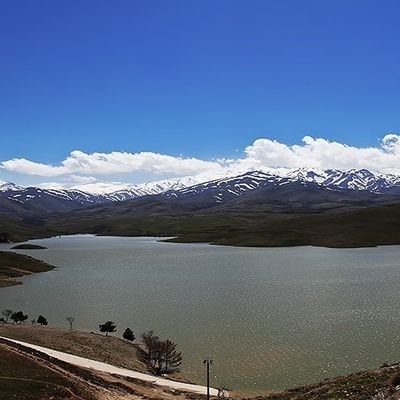SAEDNEWS: Camels are iconic desert animals known for their distinctive humps. These remarkable features are not just for show—they play a crucial role in helping camels survive harsh environments. Discover how these adaptations work and why they matter.

According to SAEDNEWS, camels, often referred to as "ships of the desert," are perfectly adapted to survive extreme conditions. Among their most fascinating features are their humps, which set them apart from other animals. These humps are not just a unique characteristic but a vital survival tool that ensures the camel’s endurance in arid regions.

Contrary to popular belief, camel humps do not store water. Instead, they are reserves of fat, which camels metabolize for energy when food is scarce. This ability allows them to traverse long distances without regular access to sustenance, making them indispensable in desert ecosystems.
Fat Storage for Energy
The fat stored in a camel’s hump serves as an energy reserve. When food is unavailable, camels break down this fat to sustain themselves. This process also produces water as a byproduct, aiding hydration.
Temperature Regulation
The concentration of fat in the humps helps camels minimize insulation across the rest of their body, allowing better heat dissipation. This adaptation prevents overheating in extreme temperatures.
While the humps are essential, they are just one of the many adaptations that make camels desert survivors:
Water Conservation: Camels can drink up to 40 gallons of water in one go and store it in their bloodstream, not their humps.
Thick Coats: Their coats insulate against the sun's heat and provide warmth during cold desert nights.
Specialized Nostrils and Eyelids: Camels have slit-like nostrils and long eyelashes to keep sand out.
Dromedary Camels

Dromedaries, or Arabian camels, have a single hump. They are adapted to the hot, arid climates of the Middle East and North Africa.
Bactrian Camels

Bactrian camels, native to Central Asia, have two humps. These humps are smaller but provide more fat storage, enabling them to survive in cold deserts and mountainous regions.
The ability to store fat and endure extreme conditions has made camels essential for human survival in deserts. Historically, they have been used for transportation, milk, meat, and even clothing. Their resilience continues to make them valuable to desert communities.
When a camel relies heavily on its fat reserves, its hump shrinks and may even slump. Once it regains access to food, the hump rebuilds, showcasing the camel’s efficient metabolic system.
Camels exemplify how animals evolve to thrive in specific environments. Their humps highlight nature’s ability to solve survival challenges creatively, offering insights into the balance between physiology and environment.
The camel’s hump symbolizes adaptability and endurance. As an evolutionary marvel, it underscores how life finds ways to persist even in the harshest conditions.

